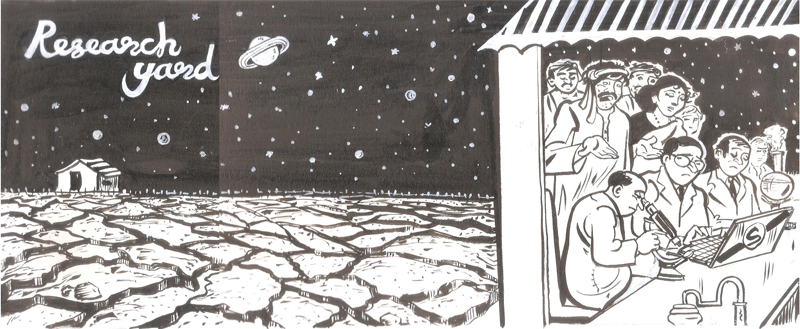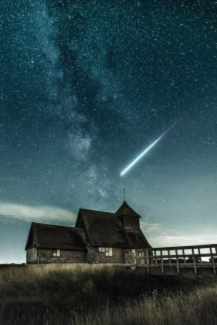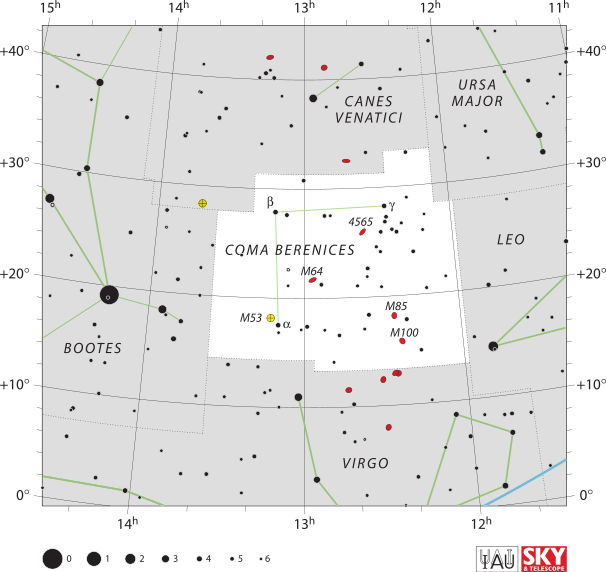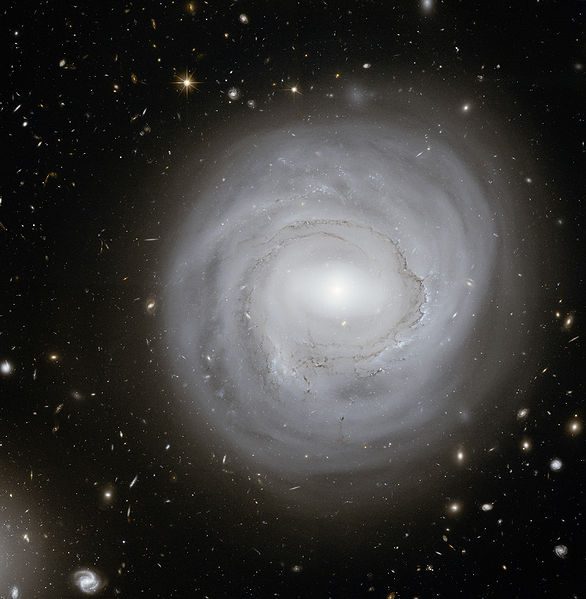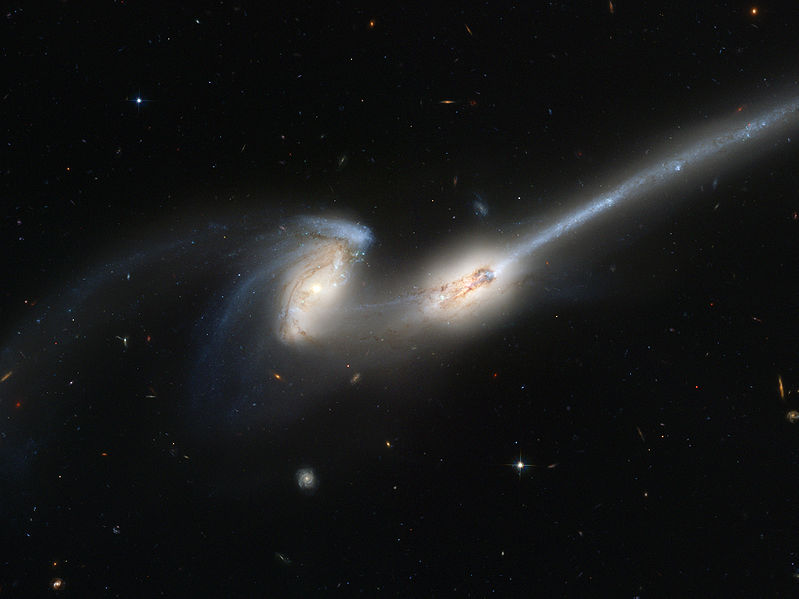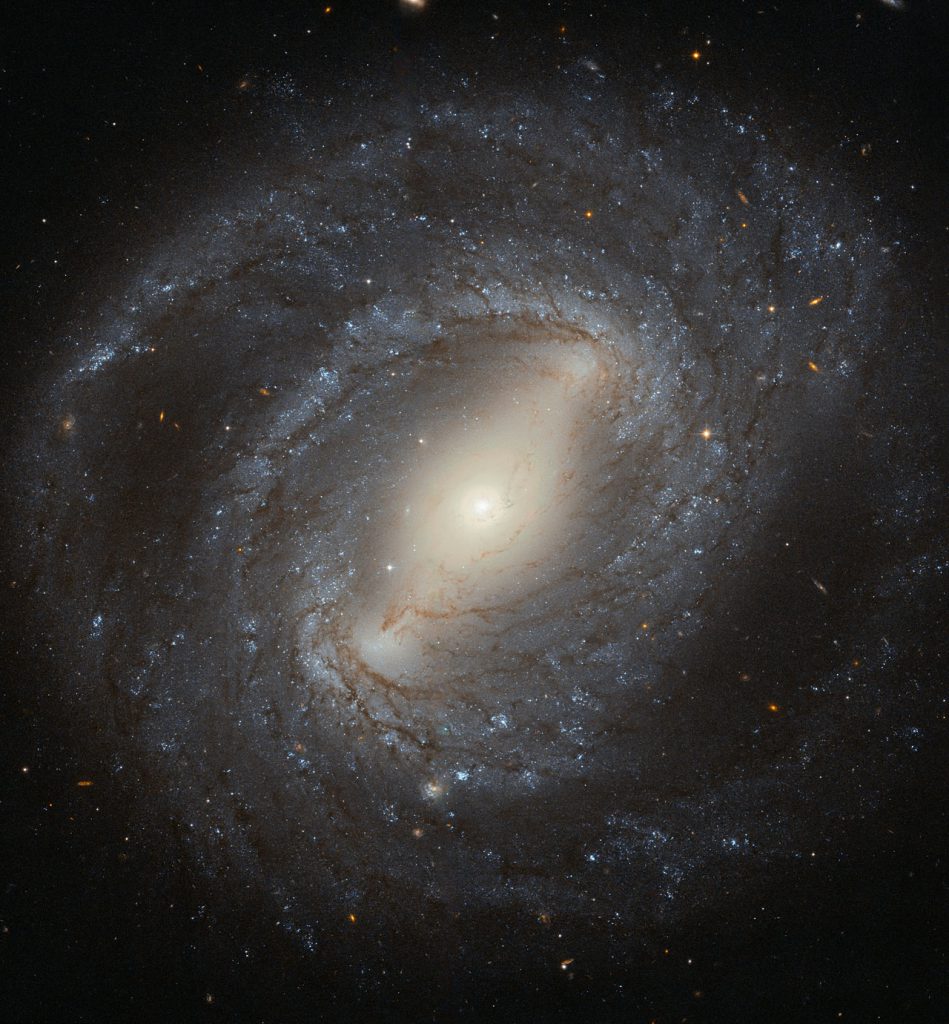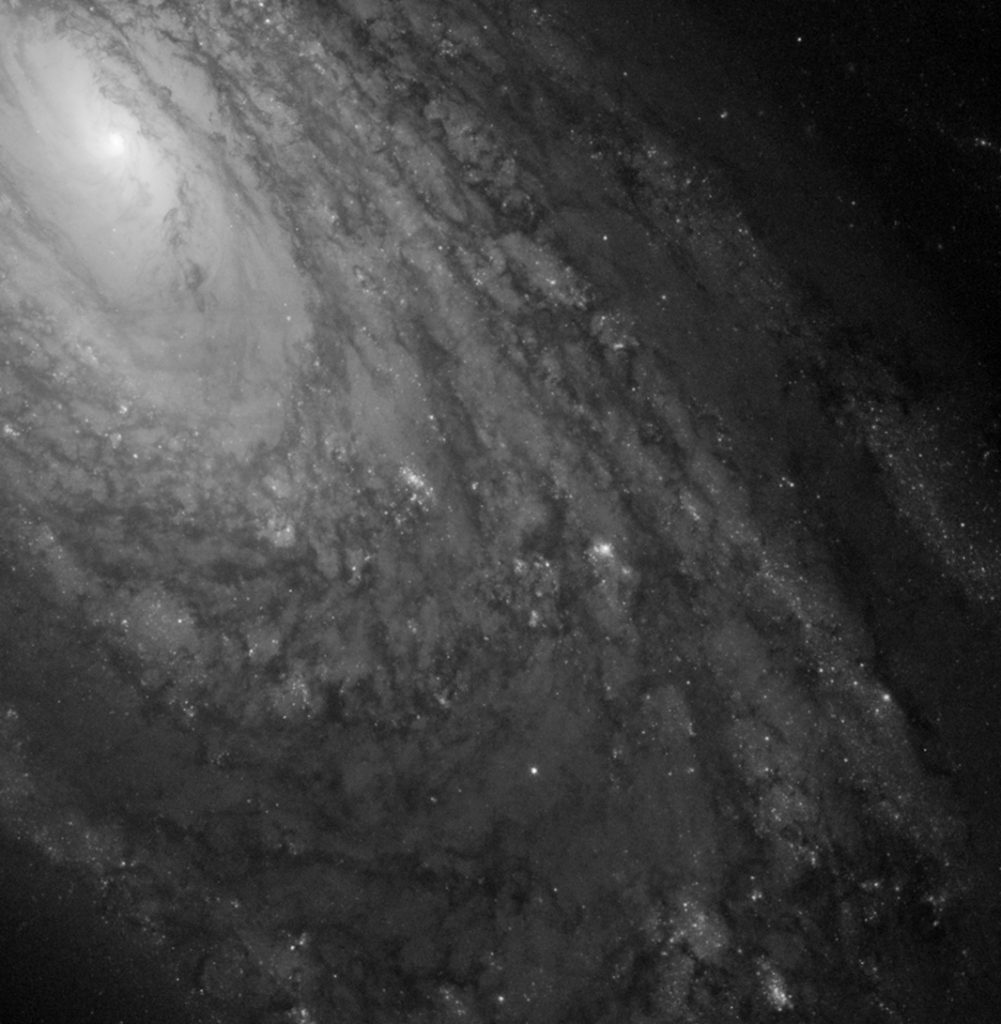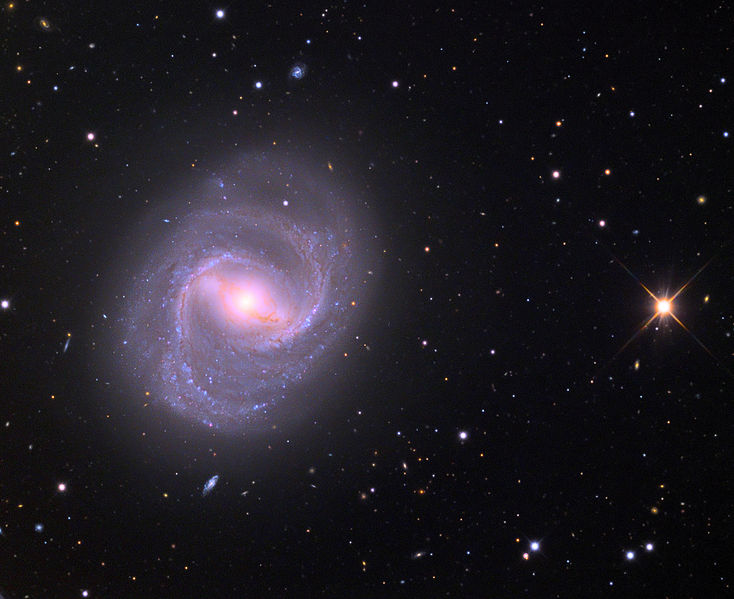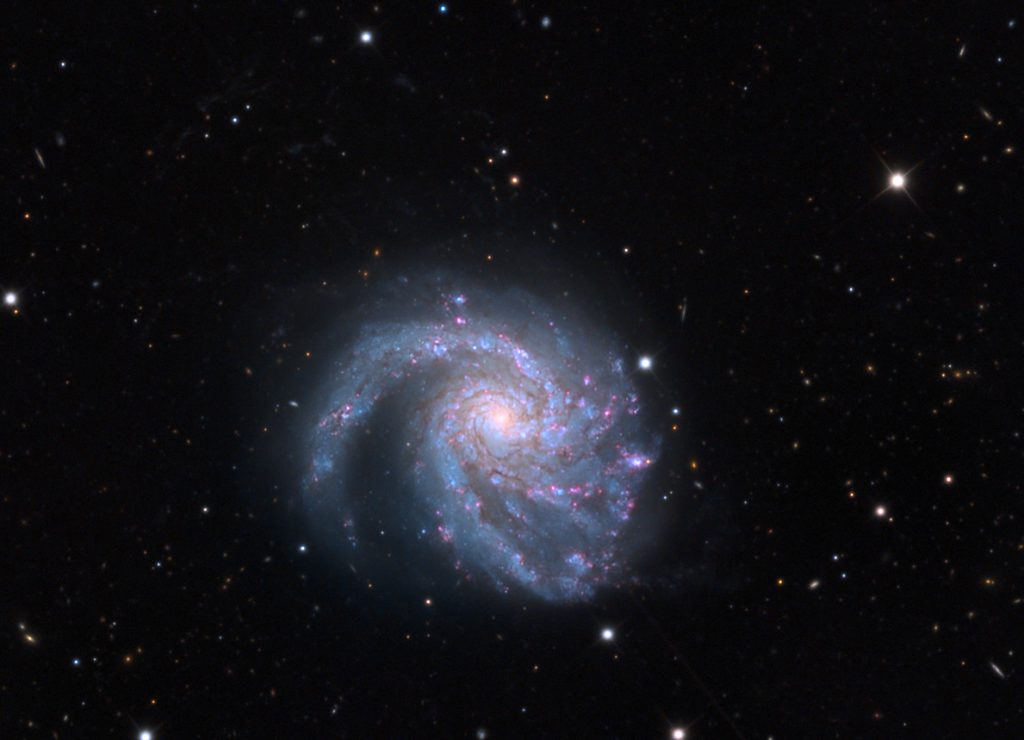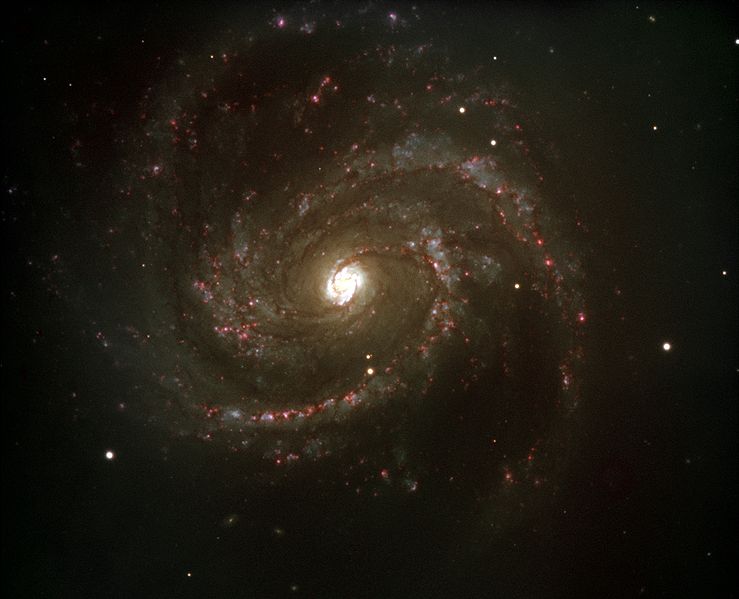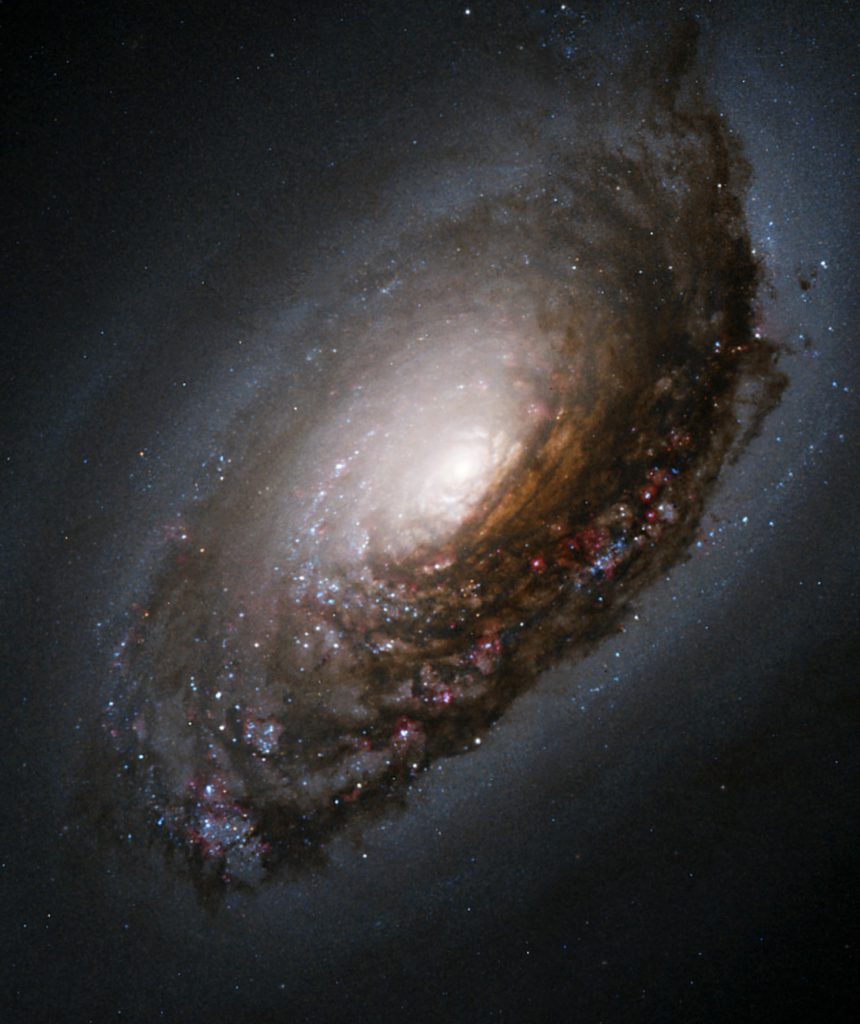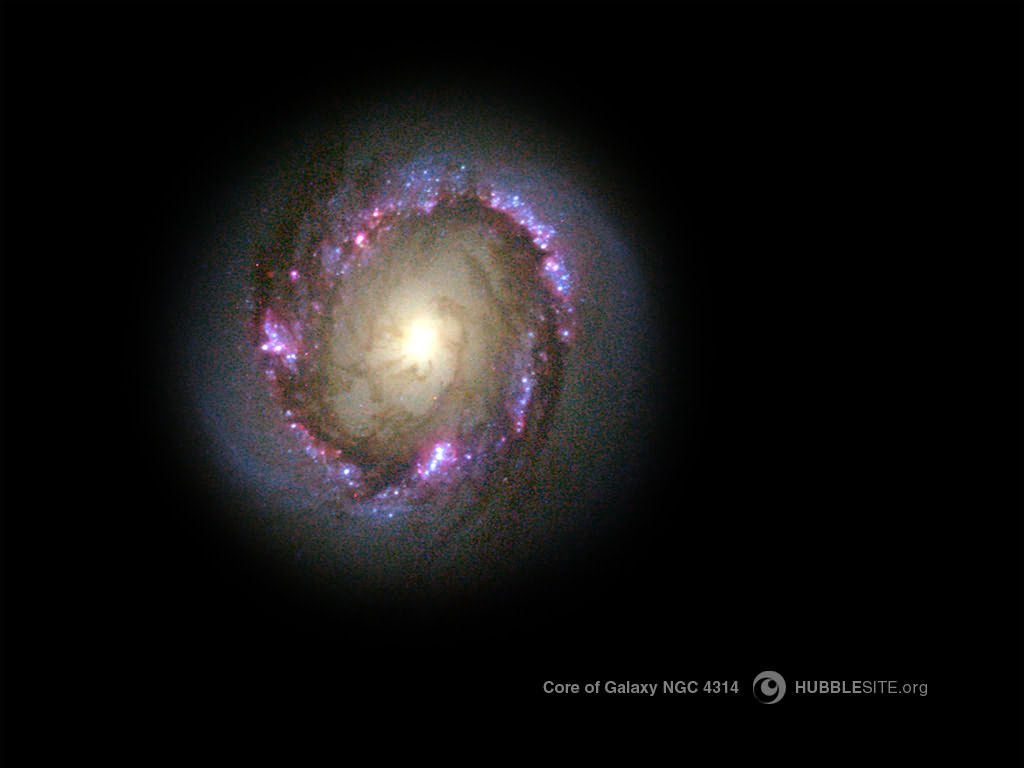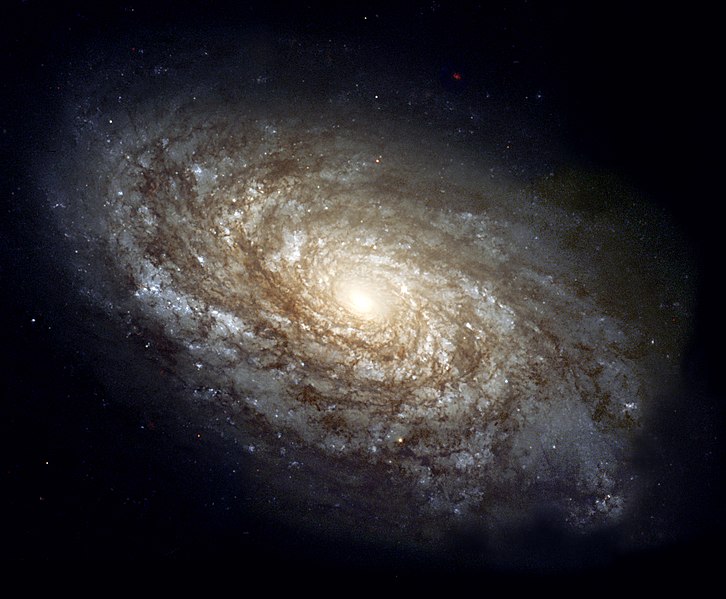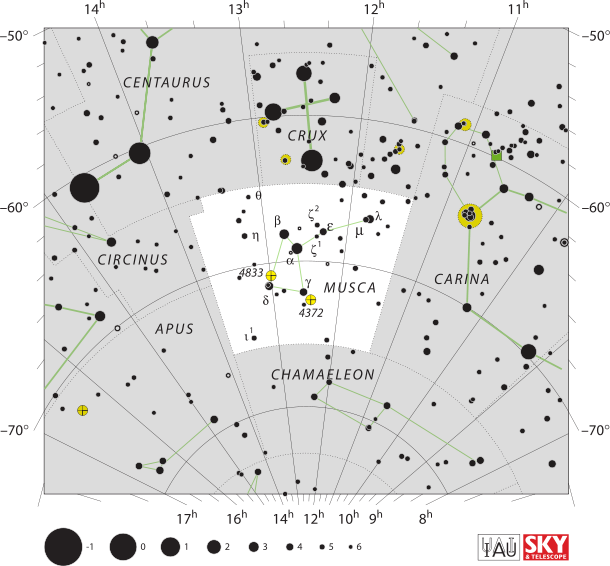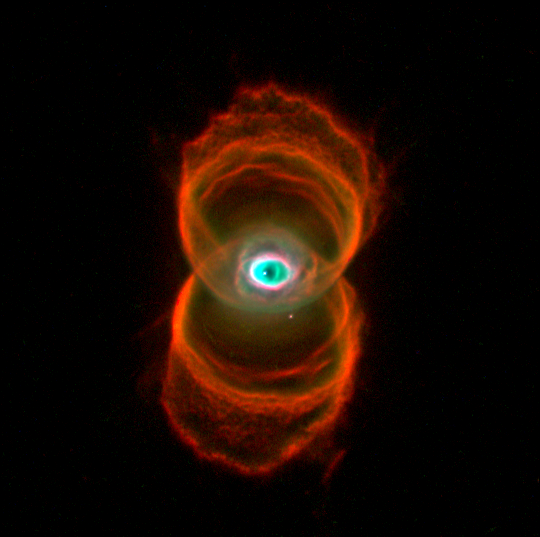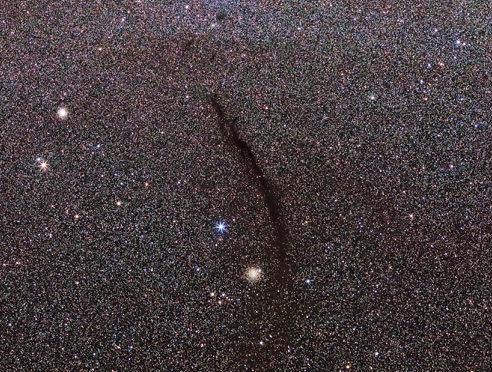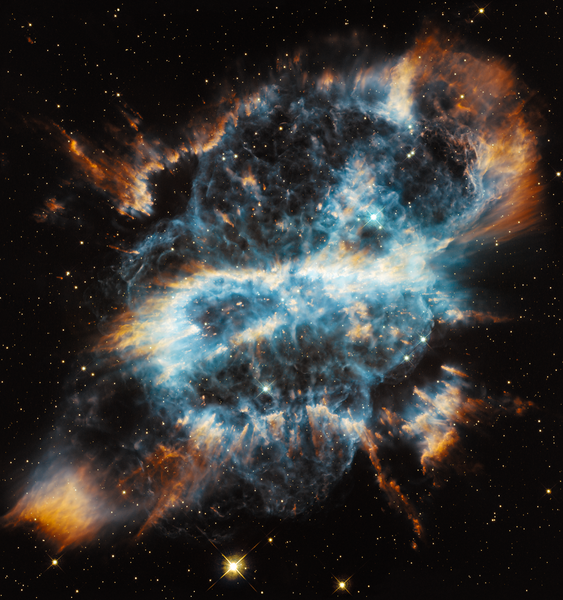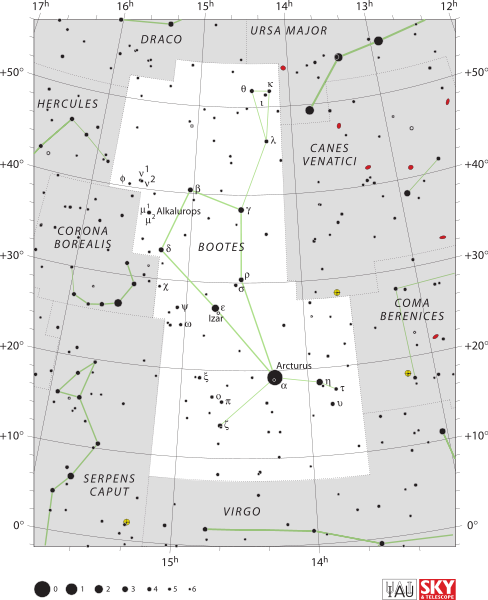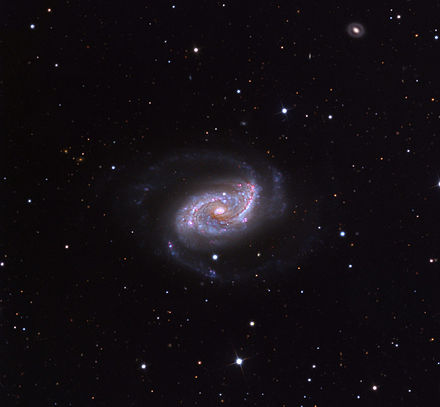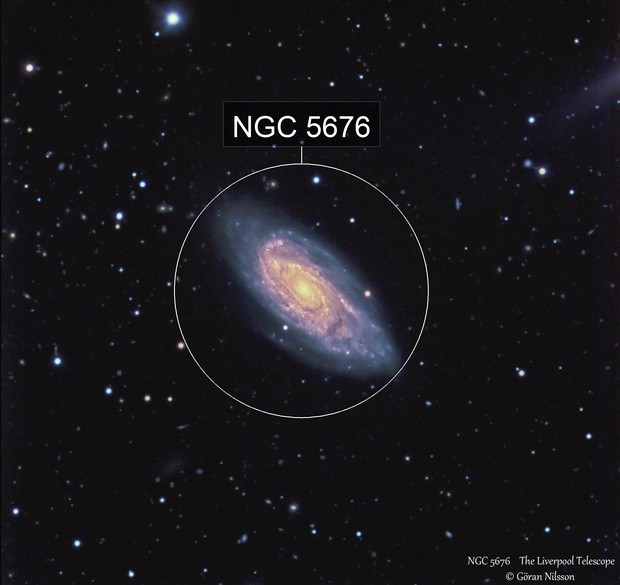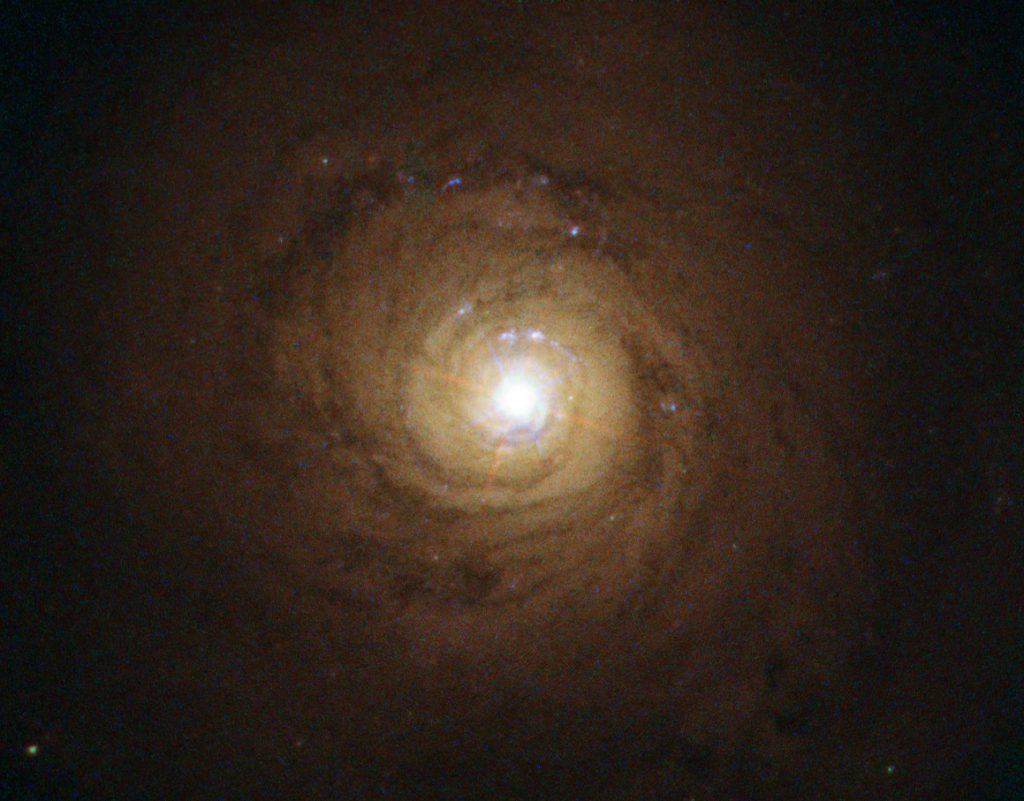Cordyceps Fungi: Nature’s Parasitic Powerhouse with Potential Health Benefits
Cordyceps is a genus of parasitic fungi known for its unique lifecycle and potential medicinal properties. With over 400 identified species, these fungi primarily target insects and other arthropods, infiltrating their hosts and eventually replacing the host tissue with their own. This intriguing process has fascinated scientists and traditional medicine practitioners alike.
Lifecycle and Parasitic Nature
The lifecycle of Cordyceps begins when its spores attach to a suitable host, such as an insect larva. The fungus then invades the host’s body, gradually consuming it from within. As the host succumbs, the fungus produces a fruiting body that emerges from the host’s remains, releasing spores to infect new hosts. This parasitic behavior has earned Cordyceps the moniker “zombie fungus.”
Traditional Uses and Medicinal Potential
In traditional Chinese and Tibetan medicine, Cordyceps has been used for centuries to treat various ailments, including fatigue, cough, and kidney dysfunction. Modern research has identified several potential health benefits associated with Cordyceps consumption:
1. Enhancing Exercise Performance
Studies suggest that Cordyceps may improve exercise performance by increasing the body’s production of adenosine triphosphate (ATP), essential for delivering energy to muscles. This boost in energy production can enhance stamina and reduce fatigue during physical activity. [Healthline]
2. Anti-Aging Properties
Antioxidants present in Cordyceps may help combat oxidative stress, a factor in the aging process. By neutralizing free radicals, these antioxidants could potentially slow down aging and prevent age-related diseases. [Healthline]
3. Potential Anti-Cancer Effects
Research indicates that Cordyceps may inhibit the growth of cancer cells by disrupting their growth signals without harming healthy tissues. This property suggests that Cordyceps could serve as a complementary treatment alongside conventional cancer therapies. [The Scottish Sun]
4. Managing Type 2 Diabetes
Cordyceps has been found to mimic the action of insulin, helping to lower blood sugar levels. This effect could be beneficial for individuals managing type 2 diabetes, although more human studies are needed to confirm this potential. [Healthline]
5. Heart Health
Some studies have shown that Cordyceps can decrease bad LDL cholesterol levels and reduce the risk of heart disease. Additionally, it may help prevent arrhythmias, contributing to overall cardiovascular health. [Healthline]
Consumption and Safety Considerations
Cordyceps can be consumed in various forms, including powders, capsules, and tinctures. It’s essential to choose high-quality, organic products to ensure safety and efficacy. While generally considered safe, some individuals may experience side effects or interactions with other medications. Consulting with a healthcare provider before incorporating Cordyceps into your regimen is advisable. [Cleveland Clinic]
Conclusion
Cordyceps fungi, with their unique parasitic lifecycle and potential health benefits, offer a fascinating glimpse into the intersection of nature and medicine. While traditional uses and preliminary studies highlight promising advantages, further research is necessary to fully understand and validate these benefits. As with any supplement, it’s crucial to approach Cordyceps with informed caution, ensuring that its incorporation into health practices is both safe and effective.
Tags
cordyceps, medicinal fungi, traditional medicine, health benefits, parasitic fungi
Meta Description
Explore the unique lifecycle and potential health benefits of Cordyceps fungi, known for their parasitic nature and medicinal properties.
Slug
cordyceps-fungi-health-benefits
